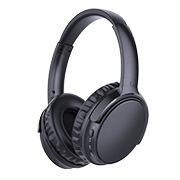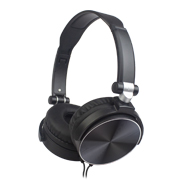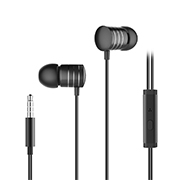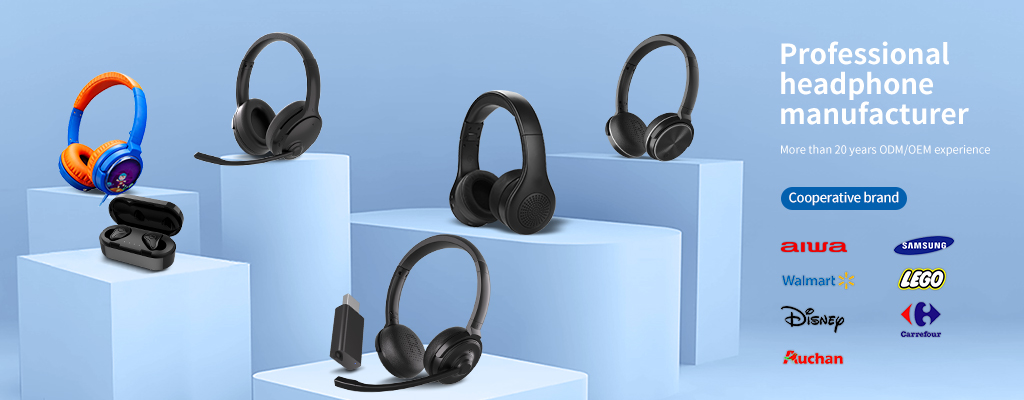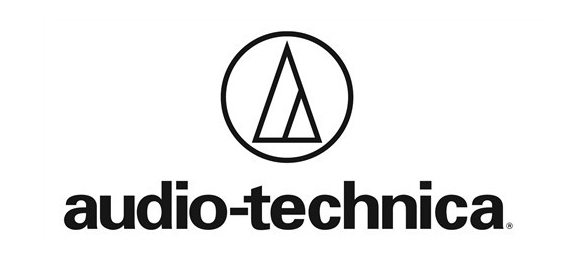
- factory address
D Building,Pioneer Park,3rd Industrial Zone Fenghuang Village, Fuyong Town,Baoan DistrictShenzhen,Guangdong,China
news
How To Compare Headphones
|
How To Compare Headphones
|
|
|
Comparing headphones, what could be easier, right? Well… sort of.
There’s actually a lot to consider. It’s one thing to compare online, and a whole other challenge if you want to compare then back-to-back in a store.
This guide will help you compare headphones in the virtual world, and the real one, so you can find the best headphones for you.
Before we get going, if you’re curious about the value of high-end headphones, or have questions about headphones in general, first check out Are Expensive Headphones Worth It?, What Are The Best Headphones? and Noise Cancelling Vs. Noise Isolating Headphones.
Online
OK, the first and most important thing to remember when it comes to shopping and comparing headphones is… ignore the specs. Frequency response, noise cancelling ability, and so on are, to put it politely, “guidelines.” At worst, they’re complete fabrications. Nearly every headphone you'll consider claims a frequency response of 20 Hz to 20,000 Hz. Even if they did that (they don’t) that doesn't tell you if certain frequencies are boosted, or cut (which every headphone does to varying degrees). Noise cancelling claims are even worse. How do you compare one company’s “90%” with another company’s “15 dB”? (Trick question. In both cases these numbers are meaningless).
OK, so if you can’t compare specs, what’s next? Well, reviews… but not all reviews are created equal. I’m not going to tell you that you can only get quality headphone reviews from hard-to-read and hoity audiophile blogs. After all, I’d like to think I do an OK job here at Forbes, and this certainly is not an audiophile blog.
(This next section is a little long, and necessarily biased as I’m a headphone reviewer. If you don’t care about reading reviews, feel free to skip to “In Store/Listening” section on the next page. There’s some good stuff here, though, I swear!)
Ok, so here’s what I would do, if I were shopping for headphones (that I hadn’t reviewed, of course):
Steve Guttenberg at CNET does a great job. Steve and I have worked together at various publications and websites over the years, and I’ve found his ears to be fantastic. (I write for CNET too, as you can see in my bio, but I don’t review headphones for them).
Tyll Hertsens from InnerFidelity. I’ve never met Tyll, and we disagree on several key headphones (hey, everyone’s tastes are different!), but he does an excellent job and is one of the few headphone reviewers that measures headphones with objective testing gear.
Brent Butterworth at About.com also measures headphones, and is the best audio reviewer on the web.
Last but not least, TheWirecutter. This is only partly self-serving. I cover $300 and noise cancelling headphones for them. Every other headphone category is by the brilliant Lauren Dragan. The depth and skill of the research for her articles makes me feel lazy and inept. For a recent Under-$30 headphone test, she reviewed over 140 headphones.
Of course, there are other great headphone reviewers out there. The trick is separating the wheat from the chaff. Here are some guidelines.
Did the reviewer compare the headphones to other, similar headphones? You can’t review headphones in a vacuum (well, Brent and Steve probably could. I sure can’t and I’ve been doing this for over a decade). If a reviewer compares to several other headphones, consider that a bare minimum for entry.
The next step up is if the reviewer got other opinions. As a bare minimum, this could be as simple as linking to other good reviewers for their take. Even better is having multiple listeners compare the headphone being reviewed against some other, similar headphones. Everyone is going to hear headphones slightly differently (such is the nature of our ear and head physiology). In addition, just because one reviewer finds some pair of in-ear headphones comfortable, doesn’t mean anyone else might.
If those two criteria are met (comparisons, multiple opinions), the next step up is objective measurements. This is tough, as there are only a few reviewers capable of it. I don’t have the gear for it, which is why I try to link to reviews that have measurements in a “What other people think” section.
There’s one last type of review that’s available on the web: user reviews. These come in multiple flavors, but the most common are: Amazon reviews, forums, and a company’s own website. Feel free to ignore the latter. Far too high a likelihood of bogus reviews.
That leaves Amazon reviews and forums. Amazon has its uses. If there’s a pretty solid consensus (and a sizeable number of reviews), you can glean some info from these. Like, if there’s 99 reviews and they all say “These headphones lit my hair on fire!” then chances are you’re gonna have a flaming helmet. There’s no guarantee that you’ll like headphones that get good reviews (Amazon or professional). Such is the nature of headphones.
Forums can be even more of a minefield. The problem is there's no accountability. How do you know a poster actually heard the headphones he’s trashing. How do you know a poster isn’t an employee of a headphone company. How can you verify the listening conditions a poster was under when they made their judgment. “I heard these and they suck” takes on a whole new meaning when the truth is “I was in a Best Buy BBY +0.5% on a Saturday afternoon and the display seemed broken and they were playing AM radio and I didn’t like the sound.”
In other words, take everything with a grain of salt (in this and all things).
In-Store/Listening
OK, so you’ve got some headphones in mind, you’ve read a few reviews (or not), and you’ve even found a store nearby that sells them. Now what?
With in-ear headphones, fit is paramount. Without a good fit, you’re not going to get the sound the headphones are capable of. Almost all in-ear headphones come with multiple tips. I’ve seen a few displays that have bins of these for you to try. If not… well it’s going to be tough without buying them first. There are also some companies that make "aftermarket" tips for in-ear headphones. Ideally the stock tips will work, but if not sometimes one of these aftermarket pairs might be perfect (Comply is one type).
With on-ear and over-ear headphones, there’s two things to keep in mind. The pressure of the pads on your head should decrease slightly as they get broken in, and the earpads should soften a little. Don’t expect too much of either. They might break in perfectly, and they might not. If you can, wear them for at least several songs worth of time. You should begin to get an idea how they’ll feel long term. If they're a well-used store demo model, they're probably as broken in as they'll ever be.
The best demo materials are songs that you know well. Ideally it’s something acoustic with vocals, but if you know it, that’s most important. Really bad headphones are easy to judge quickly. Is the bass just indistinct thump and boom? Does the treble make you want to turn down the volume? These are bad signs. Are the vocals clear and intelligible? Do bass notes have a distinct tone and sound (like, does a bass guitar sound like notes on a bass guitar, not just balllumph ballumph ballumph…). These are good things.
Ideally, you’ll be able to compare headphones back to back. Be conscious of differences in volume. Different headphones can be louder (or softer) even at the same volume level on your mobile/ Apple AAPL +0.14% iPod. A louder headphone can sound “better” even though it’s just “louder.” Without a controlled environment, there’s no real way to fix this. The easiest way to compare two headphones is using one song, or even better, just part on song on a loop. Go back and forth a few times, you should start to be able to pick out differences. Focus on one aspect, be it the bass, the treble, or the mid-range, and compare that. Then focus on another aspect of the sound, and so on.
Comparing headphones back to back is really the easiest and best way to get an idea what a headphone sounds like, and what you like. If there are other headphones to try where you are, listen to them too, even if they're more or less expensive.
Conclusion
I wish shopping for headphones was as easy as comparing the specs and clicking “buy.” It’s sadly a lot more difficult. I recommend starting with the reviews from some of the awesome people I linked on page 1. Then, if possible, find a store where you can compare the headphones you like with some comparable models. Hopefully, the store will have a 30-day return policy so you can bring them home, play them for an hour or so (not on your head, just playing some music to break them in), and then sit back for some intense “research,” i.e. listening to your favorite music.
With any luck, you’ll be driven to try old favorite after old favorite, just to hear how the songs sound on your new headphones. That’s the mark of a great pair.
|
|


